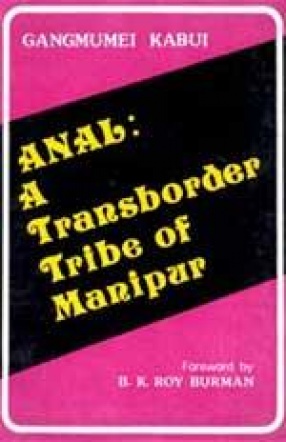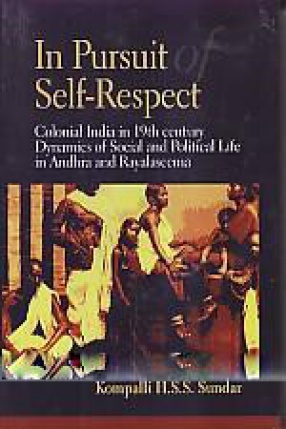The Anal tribe is found both in India and Upper Burma. Their ethnic frontier crosses the political boundaries of the two countries. Originally, this small group of the Tibeto-Burma, speaking Kuki-Chin dialect migrated from the rugged mountains and wide river valleys of Upper Burma to the south western hills of Manipur across the Chin hills. They established cultural and political relations with the Meiteis of manipur Valley. Now they occupy the Chakpi river basin as their homeland. Ethnically and linguistically linked with the Kuki-Chin section of the Tibeto-Burmans, the Anals had acquired social and cultural traits which are nearer to their northern neighbours, the Nagas. Their geo-Political situation has made the Anals a classic case of abridge-bugger community between the Nagas and Kukis. This had led to the problem of identity of Anal community itself. Socially divided into two moieties – Masum and Mulcham, the Anals live in a well – knit social organization, the customary laws and traditions are as well adhered to by the people themselves despite odernization specially the coming of the Christianity since the colonial times. But their cultural life which was once enlivened by the performance of magnificent ceremonies, ritual and festivals which were always accompanied by beautiful dance and songs, is facing the challenge of modernity. The Anals are politically organized at the village level. Chiefs and their councilors administer the village land, maintain law and order and justice. The coming of democratic norms with India’s independence has affected the Anal political system. The greatest change is in the realm of economic development. The traditional jhum cultivators are resorting to wet and terrace cultivation; educational changes have come. The study of two villages – Anal Khullen and Saluk – brings out the phenomena of continuity as well a change in Anal Society.
Anal: A Transborder Tribe of Manipur
$5.40
$6.00
In stock
Free & Quick Delivery Worldwide
All orders amounting to US$ 50 or more qualify for Free Delivery Worldwide. For orders less than US$ 50, we offer Standard Delivery at $14 per book.
ABOUT THE AUTHOR Gangmumei Kabui
Prof. Gangmumei Kabui (born 1941) was educated at Imphal and Gauhati University where he got M. A. (History) for which he was awarded university Gold Medal and S.K. Bhuvan Prize (1961). He started his teaching career as lecturer at imphal College (1962-64), where he later became Head of history Department, Post Graduate Section, D.M. College, Imphal (1964-72). Later he joined as Associate Professor and Head of Division of History in Jawaharlal Nehru University, Centre of Post Gruaduate Studies at Imphal in 1972. There after he became a Fellow. After joining Manipur University in 1981 he became a Senior Fellow in History (1984) and Dean of Student’ Welfare. He is associated with a large number of academic and social organization. He was Organising President and, later on, General Secretary for several terms of Manipur Cultural integration Conference (since 1976). In this capacity he was deeply involved with the movement for the establishment of University, Medical College, Agricultural College and State Kjala Akademi in Academi in Manipur. Among other positions held by him are: i. General Secretary, Manipur Historical society (1978), Treasurer and later on Vice President, Manipur Council for social Welfare. 2. Foun0er Secretary, Institute of People’s Action atkl Awangkhul (1977). 3. Member, Advisory Committee in Customary laws condification of Tengnoupal Autonomous District (1976). Vice-Preseident, North East-India History Association (1983). 4. Chairman, Committee on writing Regional Composite History of Manipur, sponsored by the Government of Manipur. 5. Member, ICSSB Advisory Group on Social Science Research in Nort-East India, National Executive Members, Himalaya Seva Sangha, Honorary Wild Life Warden, of Manipur (Hilla); Member of Senate, Academic Council and Syndicate of Manipur University.
reviews
0 in total
Review by Anonymous
Be the first to review “Anal: A Transborder Tribe of Manipur” Cancel reply
You must be logged in to post a review.
Bibliographic information
Title
Anal: A Transborder Tribe of Manipur
Author
Edition
1st ed.
Publisher
Length
xvii+99p., Tables; Appendix; Index; 22cm.
Subjects





There are no reviews yet.